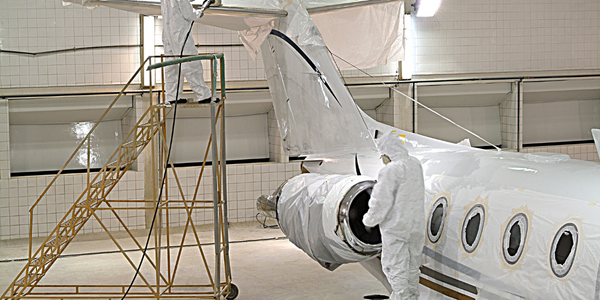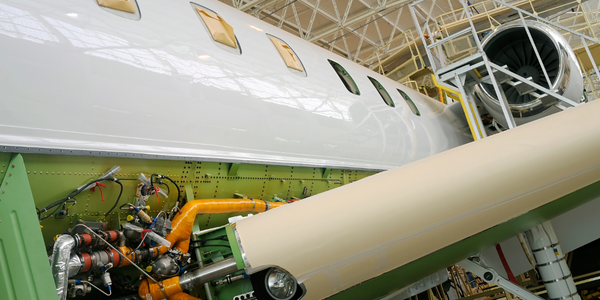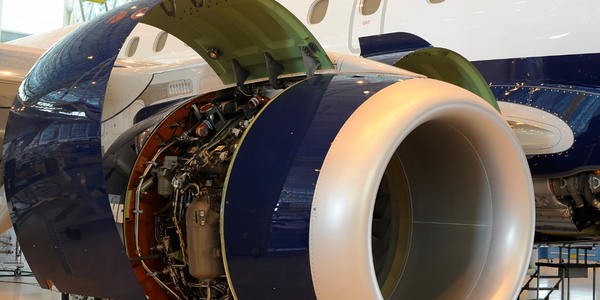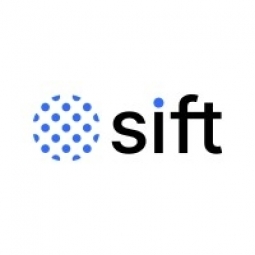Customer Company Size
Large Corporate
Region
- America
Country
- United States
Product
- Real-time Resolution (RTR)
- Visa Merchant Purchase Inquiry (VMPI)
Tech Stack
- Automated dispute management
Implementation Scale
- Enterprise-wide Deployment
Impact Metrics
- Cost Savings
- Revenue Growth
Technology Category
- Application Infrastructure & Middleware - Data Exchange & Integration
Applicable Industries
- Aerospace
Applicable Functions
- Sales & Marketing
Use Cases
- Fraud Detection
Services
- System Integration
About The Customer
The customer in this case study is a major American airline. The airline was facing a significant challenge with Visa disputes, which were becoming valid chargebacks and causing financial loss. Over a period of three months, the airline had over 4,700 Visa disputes initiated against them, representing a significant $1.8 million. The airline needed a solution to reduce the number of disputes and prevent them from becoming valid chargebacks.
The Challenge
The major American airline was facing a high volume of Visa disputes, which were becoming valid chargebacks. Over the first three months, the company had over 4,700 Visa disputes initiated against them, representing $1.8 million. This was causing significant financial loss and operational challenges for the airline. The company needed a solution to reduce the number of disputes and prevent them from becoming valid chargebacks.
The Solution
The solution was provided by Chargeback, a company owned by Sift, which is the leading global provider of automated dispute management. They implemented their Real-time Resolution (RTR) system, which enrolls merchants in Visa Merchant Purchase Inquiry (VMPI). This allows for real-time communication of customer, order, and product detail to over 120 million cardholders. With RTR, issuing banks use the additional details to prevent disputes, stemming from both friendly fraud and chargeback fraud, from being filed. This solution was able to significantly reduce the number of disputes and prevent them from becoming valid chargebacks.
Operational Impact
Quantitative Benefit

Case Study missing?
Start adding your own!
Register with your work email and create a new case study profile for your business.
Related Case Studies.

Case Study
Airbus Soars with Wearable Technology
Building an Airbus aircraft involves complex manufacturing processes consisting of thousands of moving parts. Speed and accuracy are critical to business and competitive advantage. Improvements in both would have high impact on Airbus’ bottom line. Airbus wanted to help operators reduce the complexity of assembling cabin seats and decrease the time required to complete this task.

Case Study
Aircraft Predictive Maintenance and Workflow Optimization
First, aircraft manufacturer have trouble monitoring the health of aircraft systems with health prognostics and deliver predictive maintenance insights. Second, aircraft manufacturer wants a solution that can provide an in-context advisory and align job assignments to match technician experience and expertise.

Case Study
Aerospace & Defense Case Study Airbus
For the development of its new wide-body aircraft, Airbus needed to ensure quality and consistency across all internal and external stakeholders. Airbus had many challenges including a very aggressive development schedule and the need to ramp up production quickly to satisfy their delivery commitments. The lack of communication extended design time and introduced errors that drove up costs.

Case Study
Accelerate Production for Spirit AeroSystems
The manufacture and assembly of massive fuselage assemblies and other large structures generates a river of data. In fact, the bill of materials for a single fuselage alone can be millions of rows of data. In-house production processes and testing, as well as other manufacturers and customers created data flows that overwhelmed previous processes and information systems. Spirit’s customer base had grown substantially since their 2005 divestiture from Boeing, resulting in a $41 billion backlog of orders to fill. To address this backlog, meet increased customer demands and minimize additional capital investment, the company needed a way to improve throughput in the existing operational footprint. Spirit had a requirement from customers to increase fuselage production by 30%. To accomplish this goal, Spirit needed real-time information on its value chain and workflow. However, the two terabytes of data being pulled from their SAP ECC was unmanageable and overloaded their business warehouse. It had become time-consuming and difficult to pull aggregate data, disaggregate it for the needed information and then reassemble to create a report. During the 6-8 hours it took to build a report, another work shift (they run three per day) would have already taken place, thus the report content was out-of-date before it was ever delivered. As a result, supervisors often had to rely on manual efforts to provide charts, reports and analysis.

Case Study
Developing Smart Tools for the Airbus Factory
Manufacturing and assembly of aircraft, which involves tens of thousands of steps that must be followed by the operators, and a single mistake in the process could cost hundreds of thousands of dollars to fix, makes the room for error very small.








